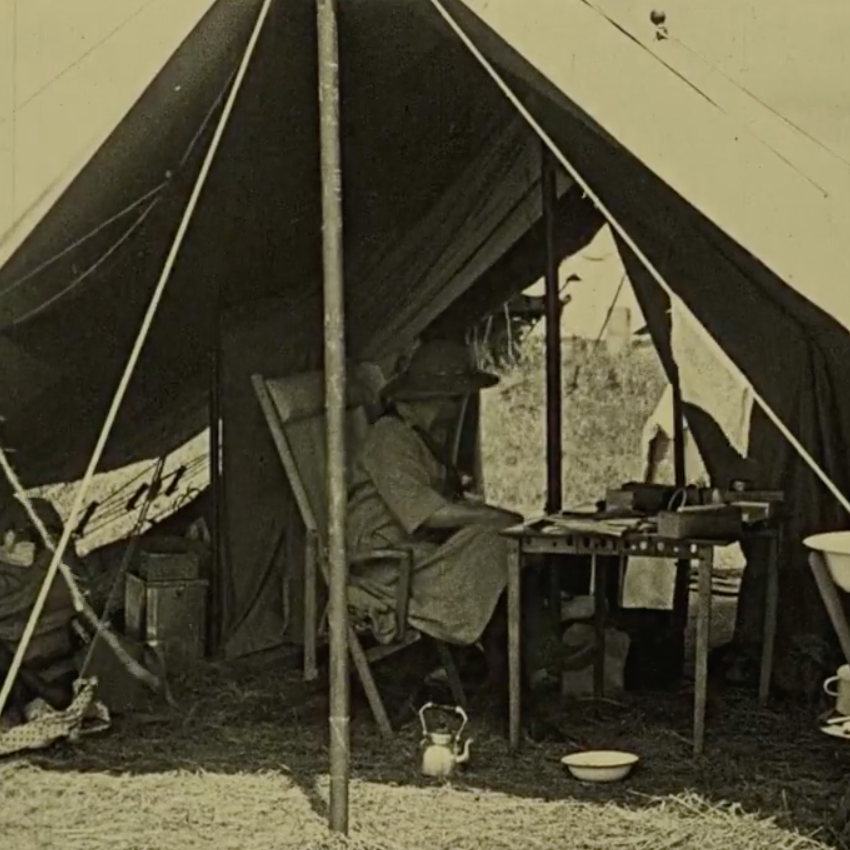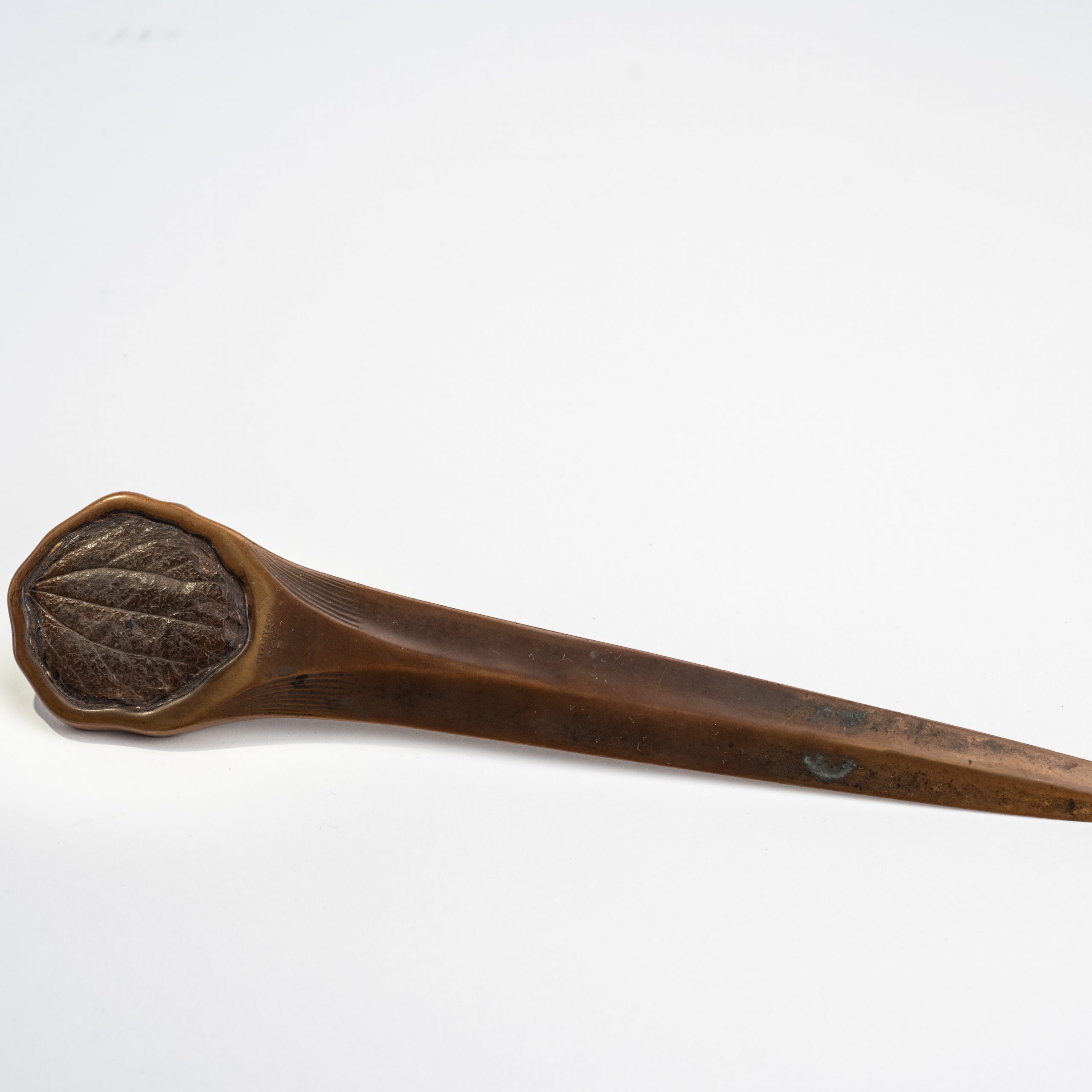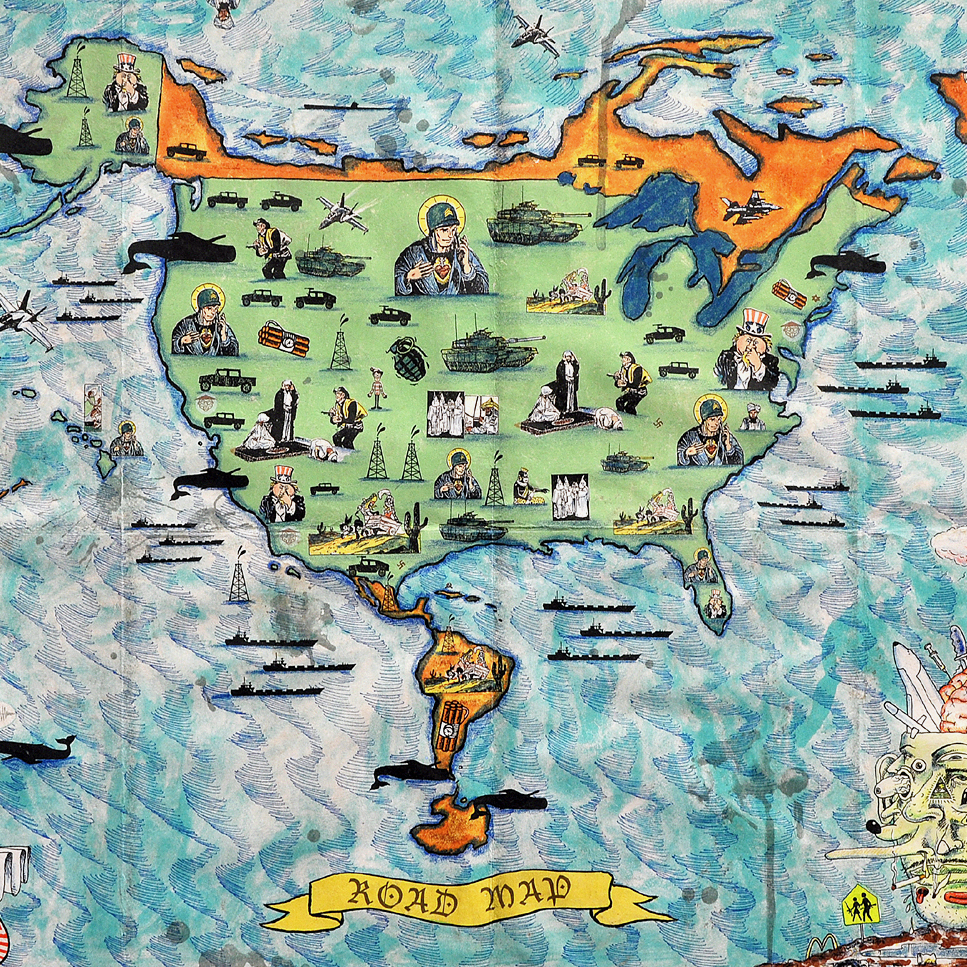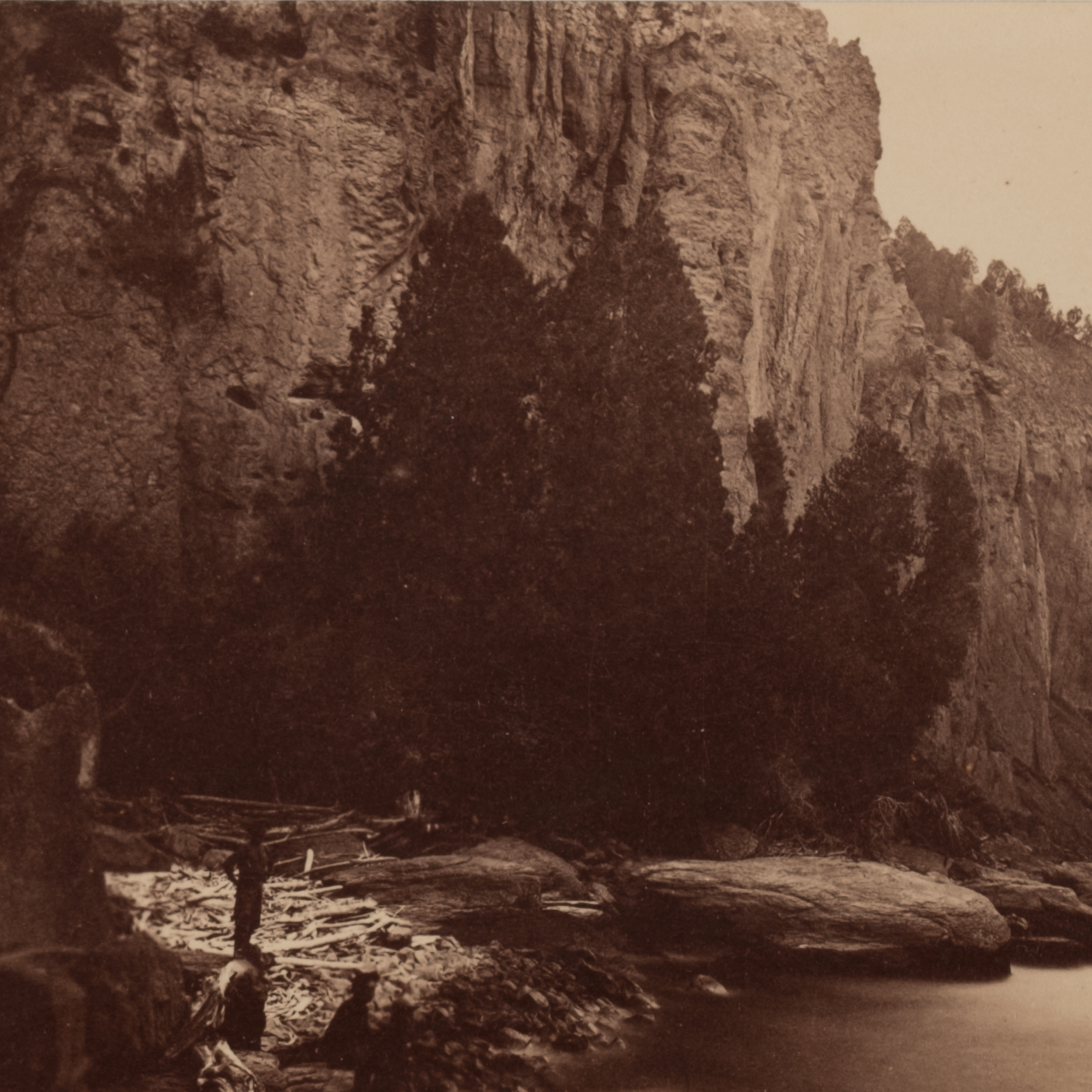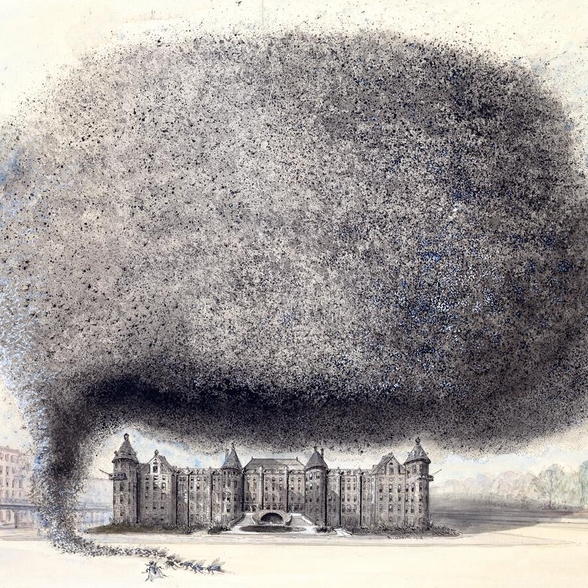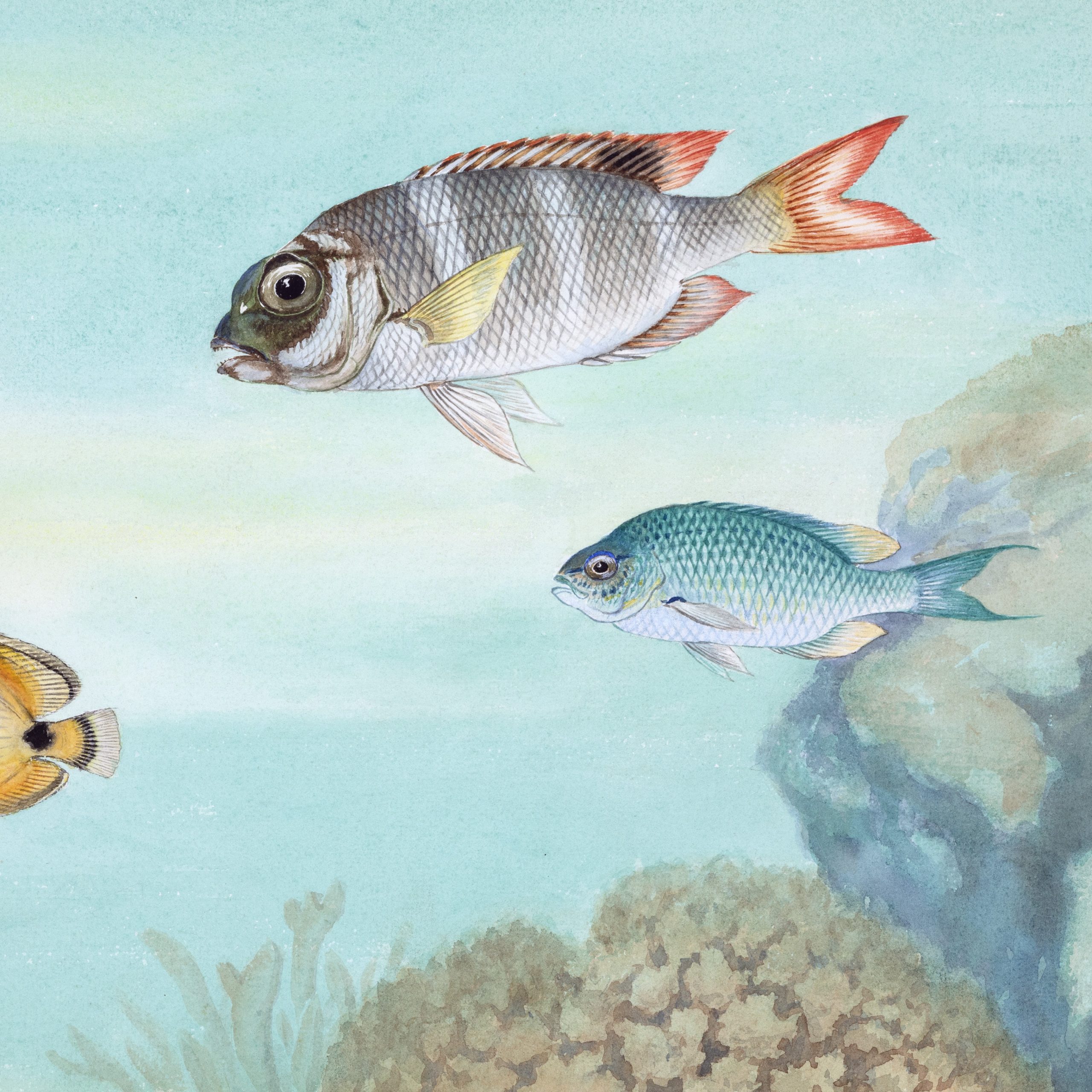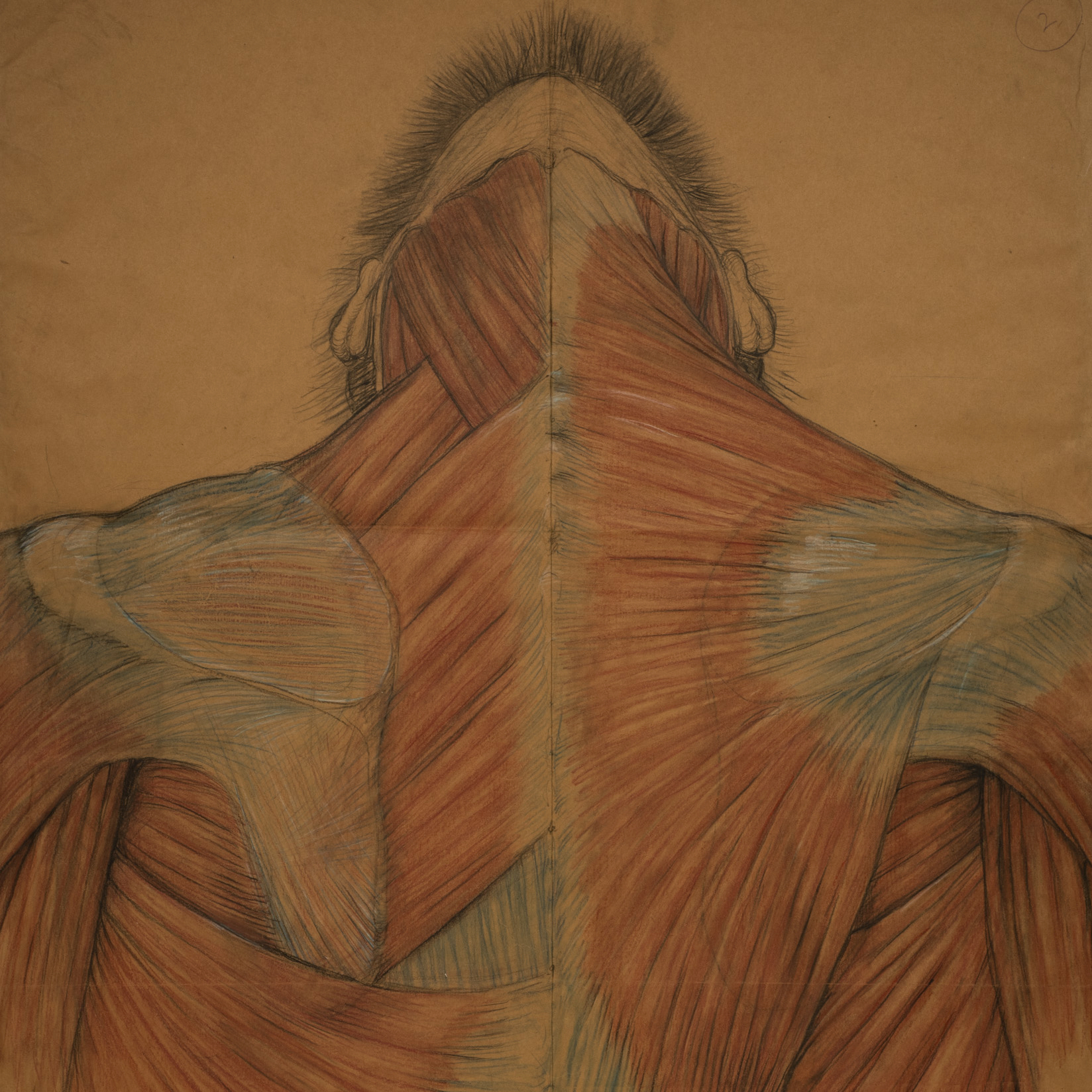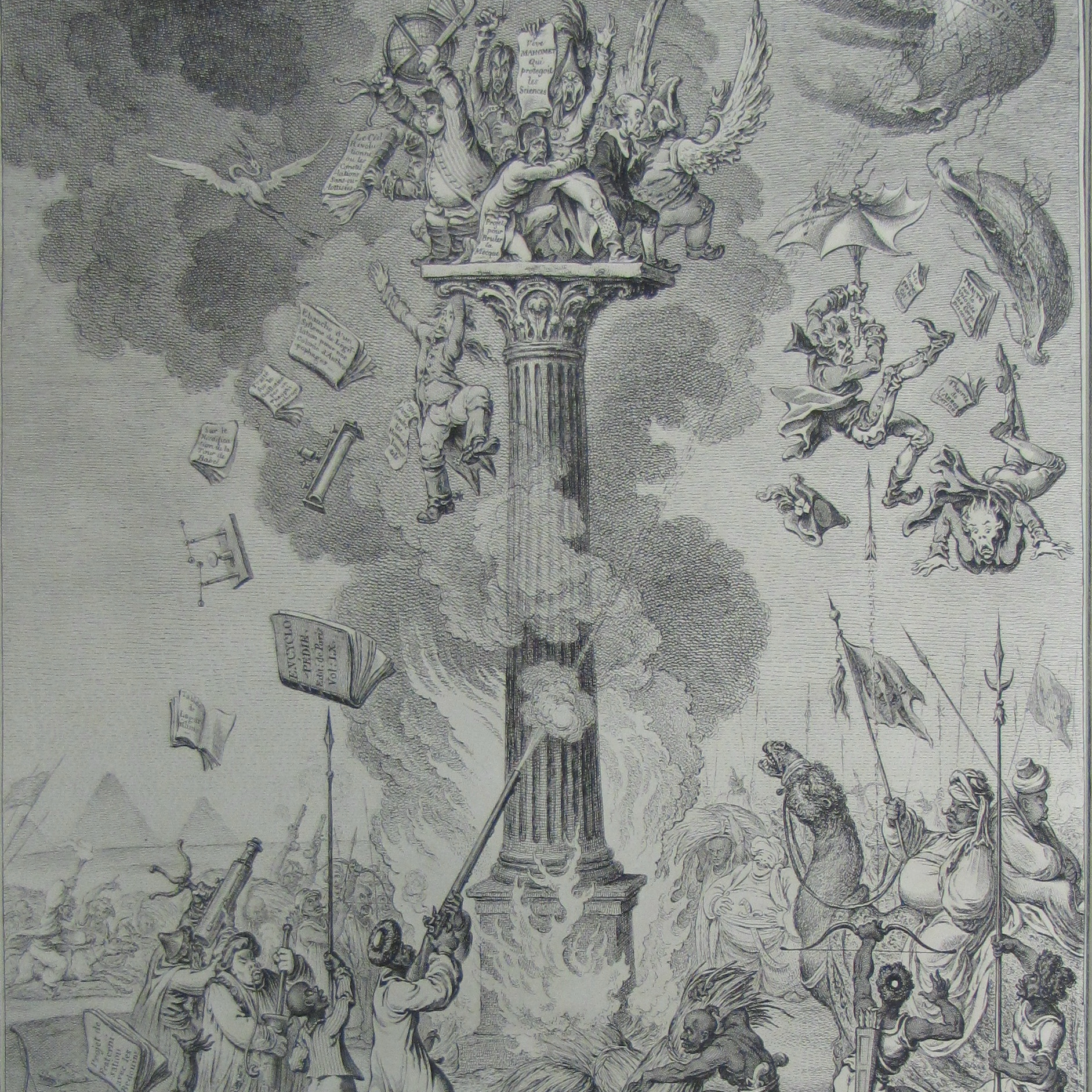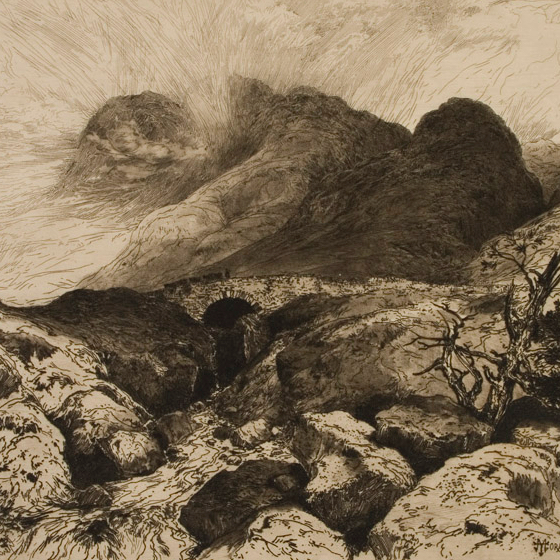Bambiraptor feinbergi model
2000
25 x 23 x 25 inches
Brian Cooley, 1956 -
Resin, plastic, glass, sand and feathers
Donation from Ann and Michael Feinberg
The model pictured above is an artistic and scientific re-imagining of then recently discovered Bambiraptor created by paleo artist Brian Cooley. The Bambiraptor was a bird-like carnivore, which ran on two legs and likely had feathers. The most complete specimen was discovered in 1993 by 14-year-old Wes Linster near Glacier National Park in Montana. Linster’s discovery was monumental not only because it was 90% complete, but also because the specimen was a juvenile with a skeletal structure similar to modern birds and appeared to have feathers. This discovery provided further evidence of the link between dinosaurs and birds.
While we might think that advances in technology have rendered the arts irrelevant to science, the AMNH and other natural history museums uphold the tradition of modeling specimens and placing them on exhibit. Models and artistic imaginings of the unknown, such as the Bambiraptor, remain important to scientific research today, but their use in education opens vexing questions. On the one hand, art makes possible the study of the unknown through familiar ways of knowing and seeing the world; the lifelike Bambiraptor model seems to better convey what the actual dinosaur was like than its bones alone could. On the other hand, artists always have to take some liberties in what they represent. How can we parse fact from fiction, knowledge from fabrication, to understand the natural world, or do these seemingly opposite terms, in fact, go hand-in-hand?
Throughout the history of paleontology, paleo art has provided a reliable visual record, and a reflection of progress within science. Advances in technology and other related disciplines, the sheer volume of new specimens and research, all reinforce an increasingly accurate assessment of ancient life on earth.
The most visible change in paleo art over the last two decades has been the introduction of computer-generated art and animation, which has created an entirely new facet to paleo reconstruction. Likewise, 3-D modeling/rendering of articulated skeletons and animated simulations of movement and locomotion have added another facet to our understanding and appreciation of extinct vertebrates.
Written by Katrina Kish and Joel Sweimler
Bambiraptor feinbergi
2002
14 x 20 inches
Michael Skrepnik, 1957 -
Signed and dated “Skrepnik 2002”
Acrylic on Masonite
Donation from Ann and Michael Feinberg
Artists Brian Cooley (model pictured above) and Michael Skrepnik (illustration pictured above) have been honored with the Lanzendorf-National Geographic PaleoArt Prize, which is awarded through the Society of Vertebrate Paleontology and is considered the highest honor a paleo artist can receive.
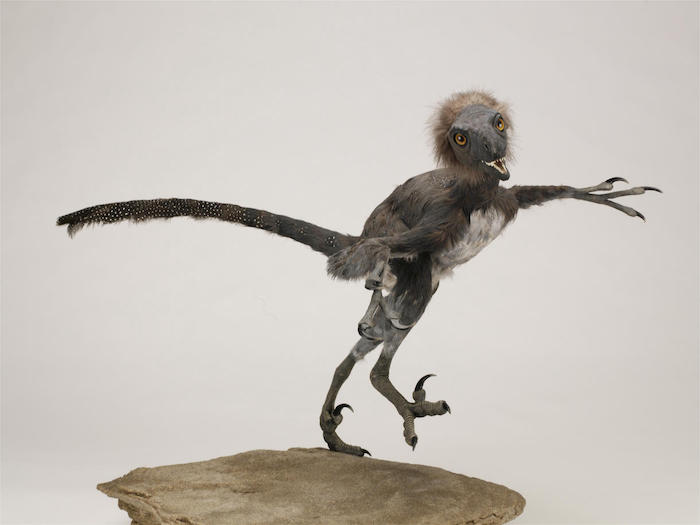

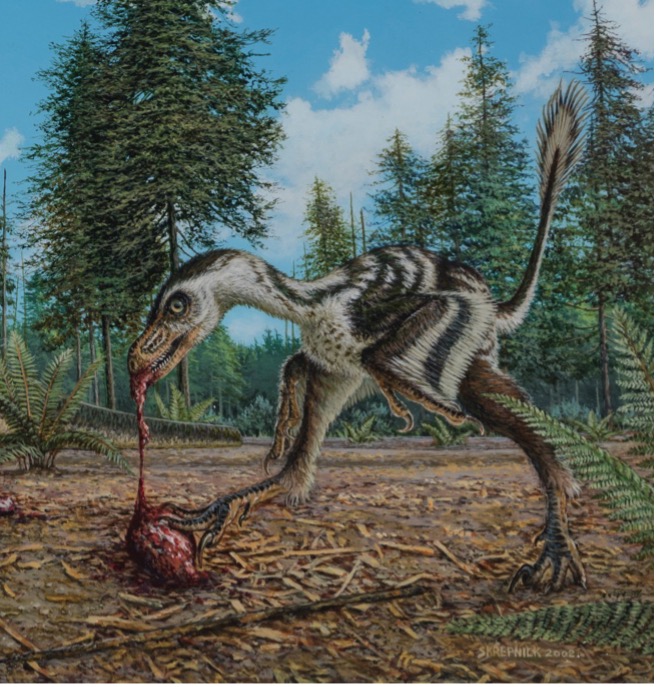
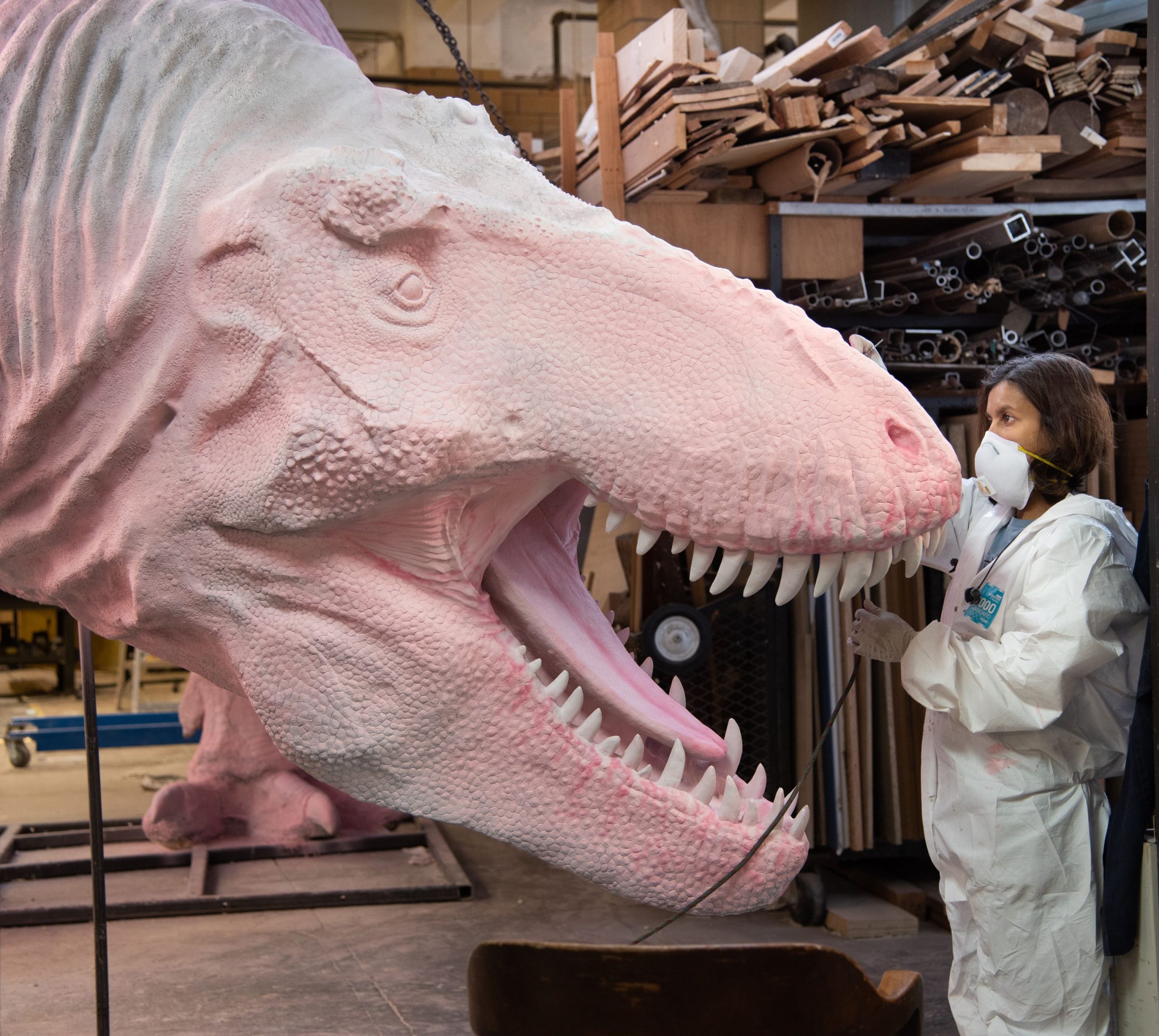
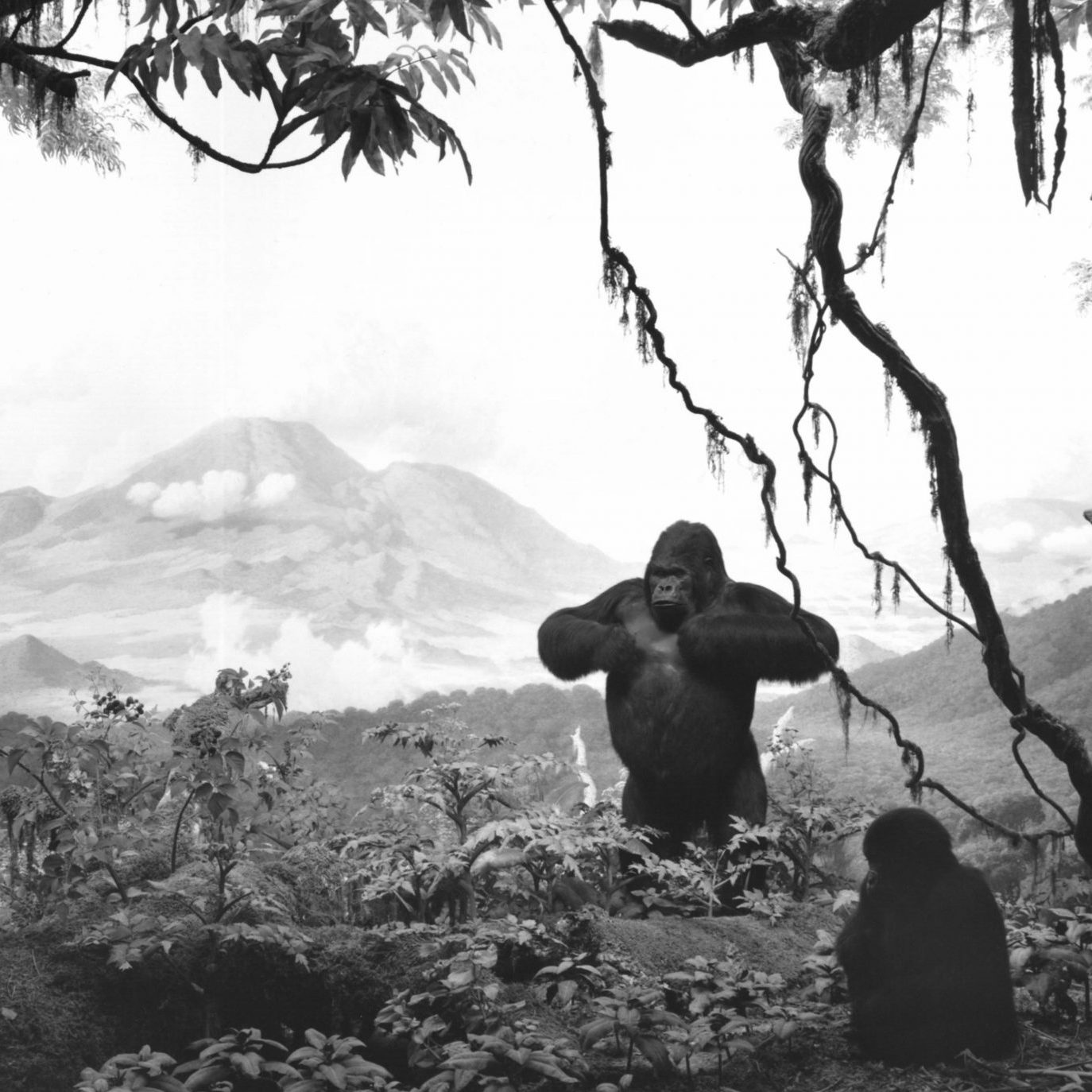



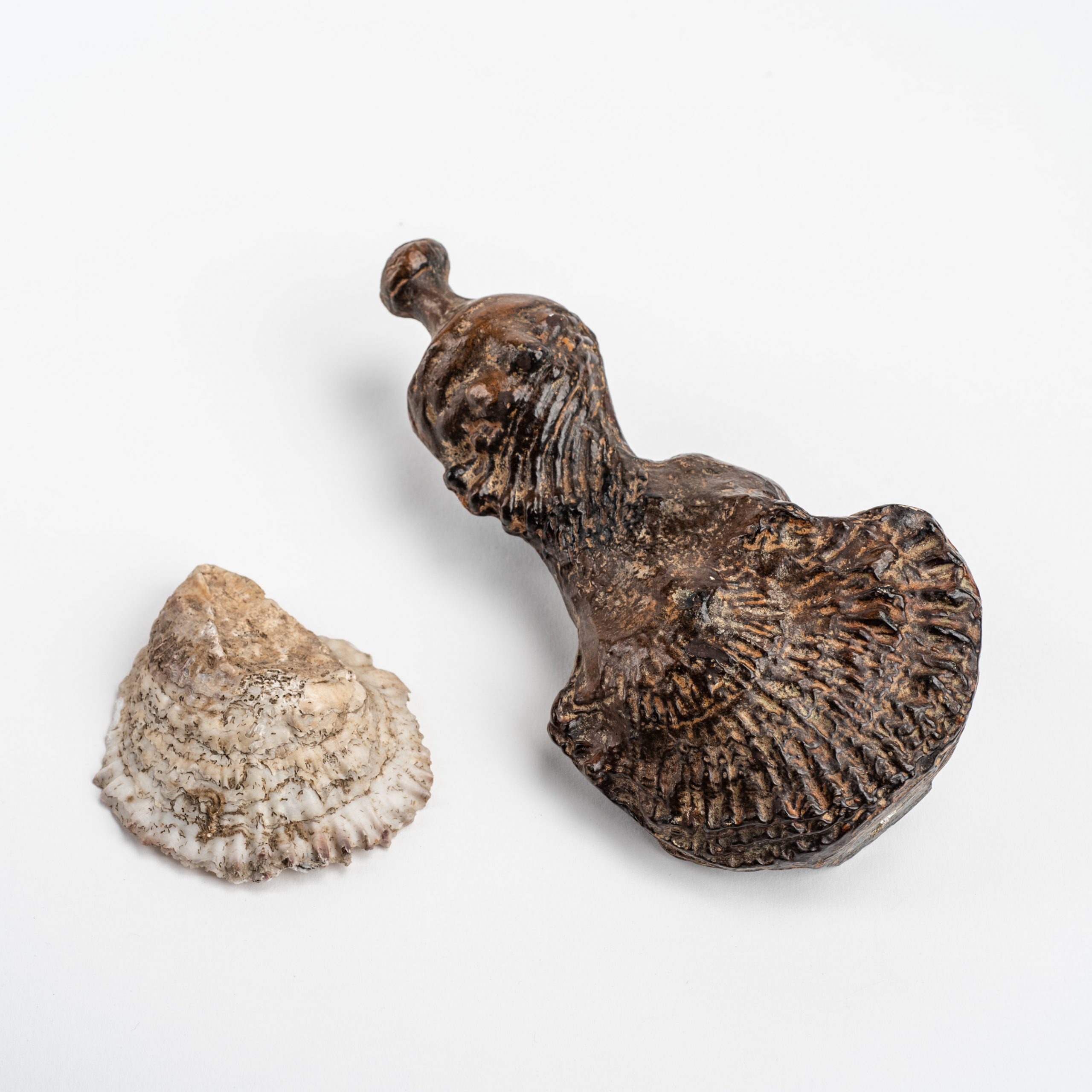
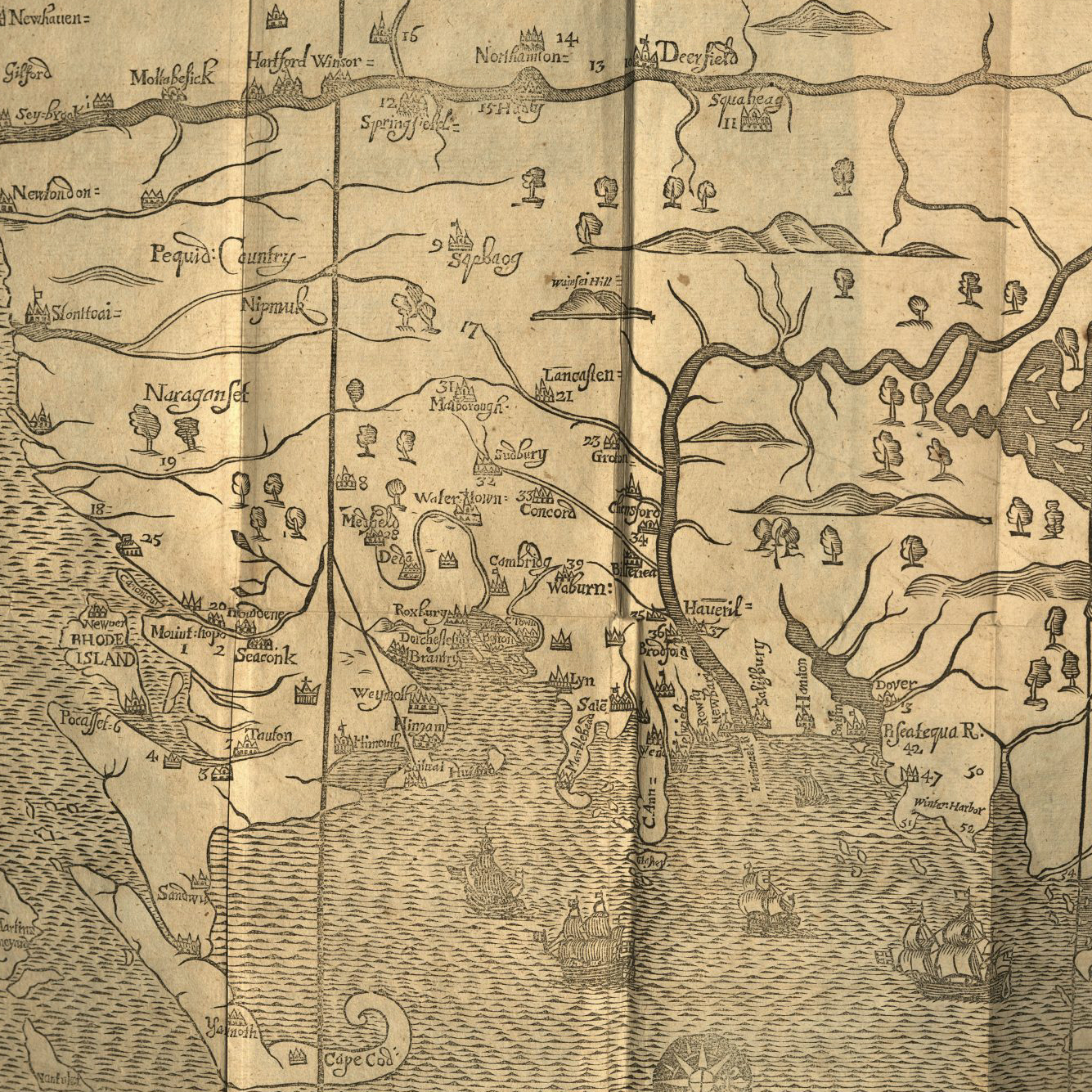

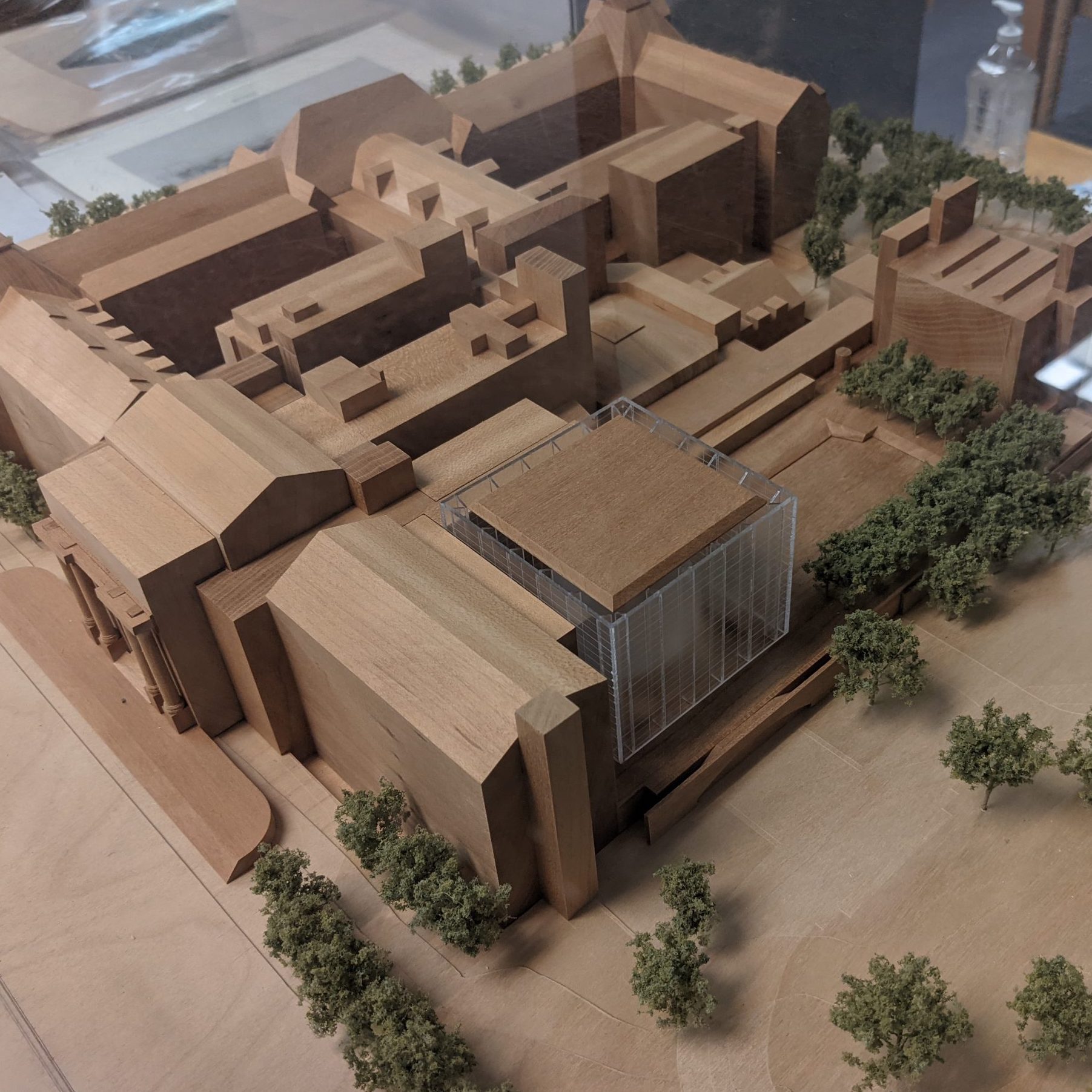



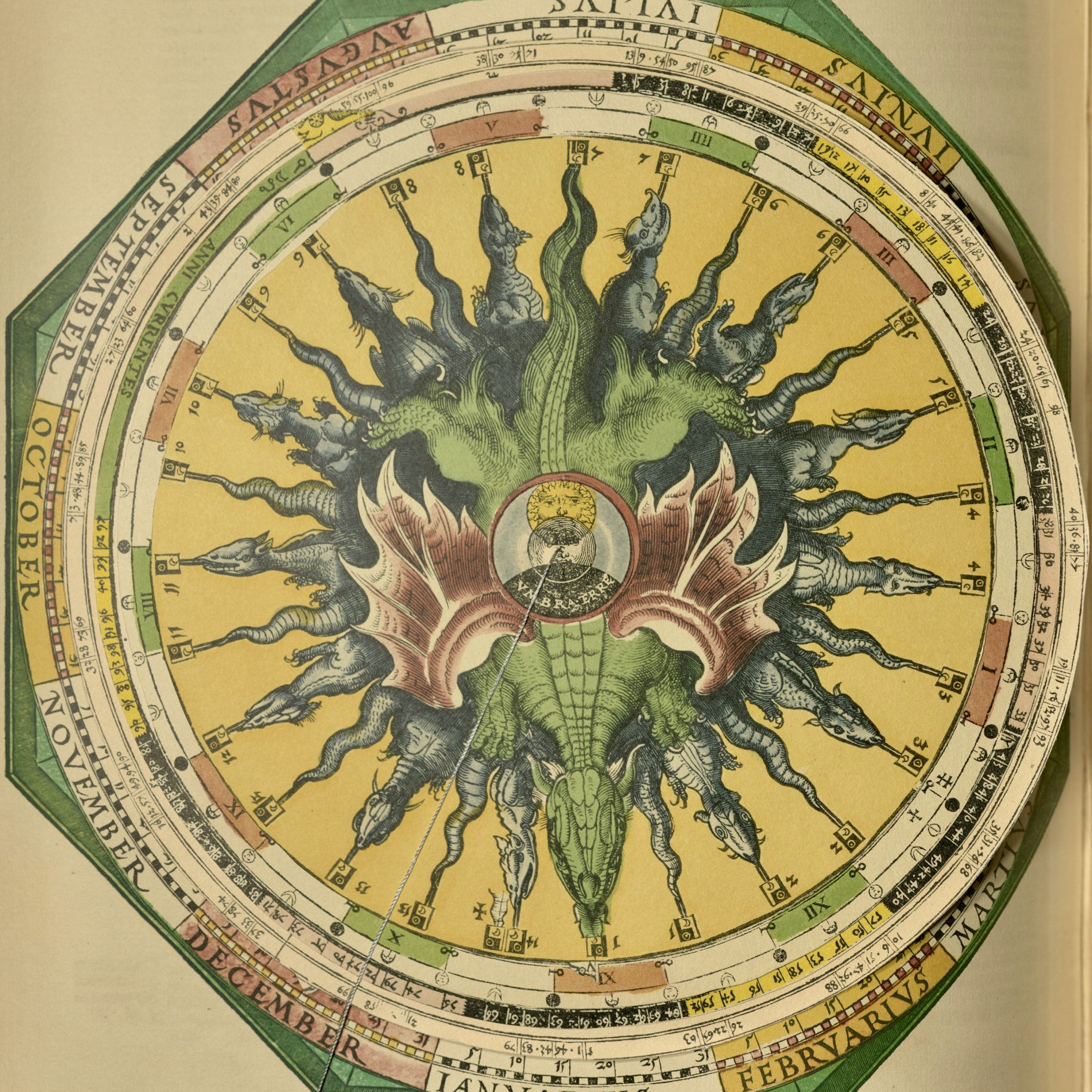
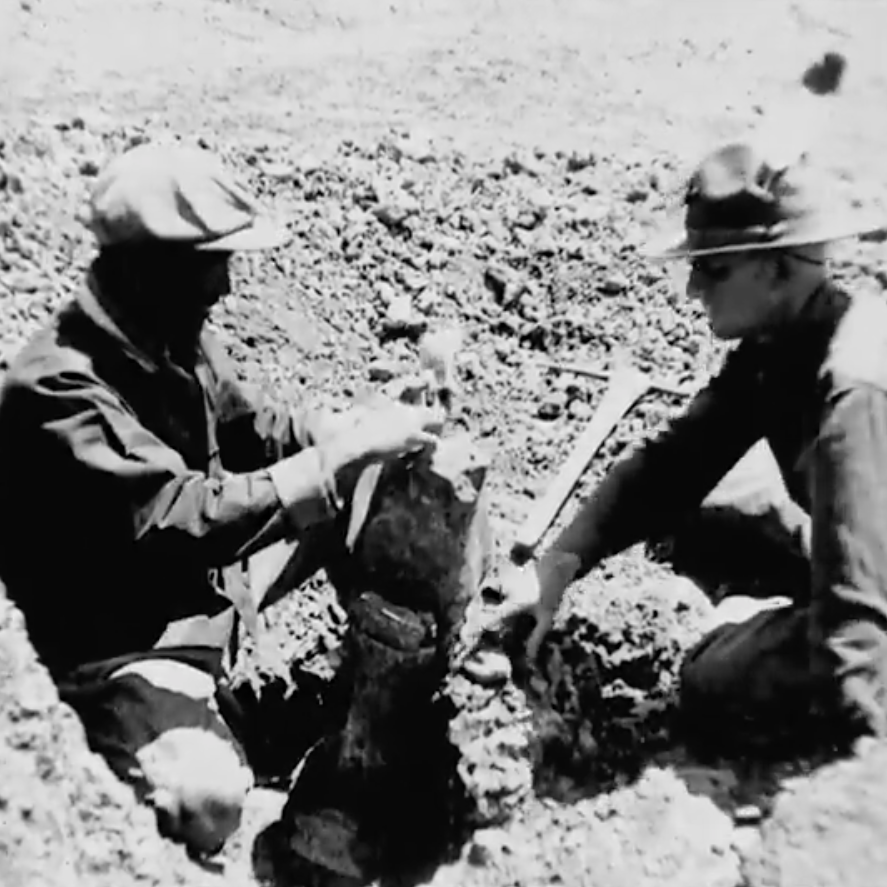
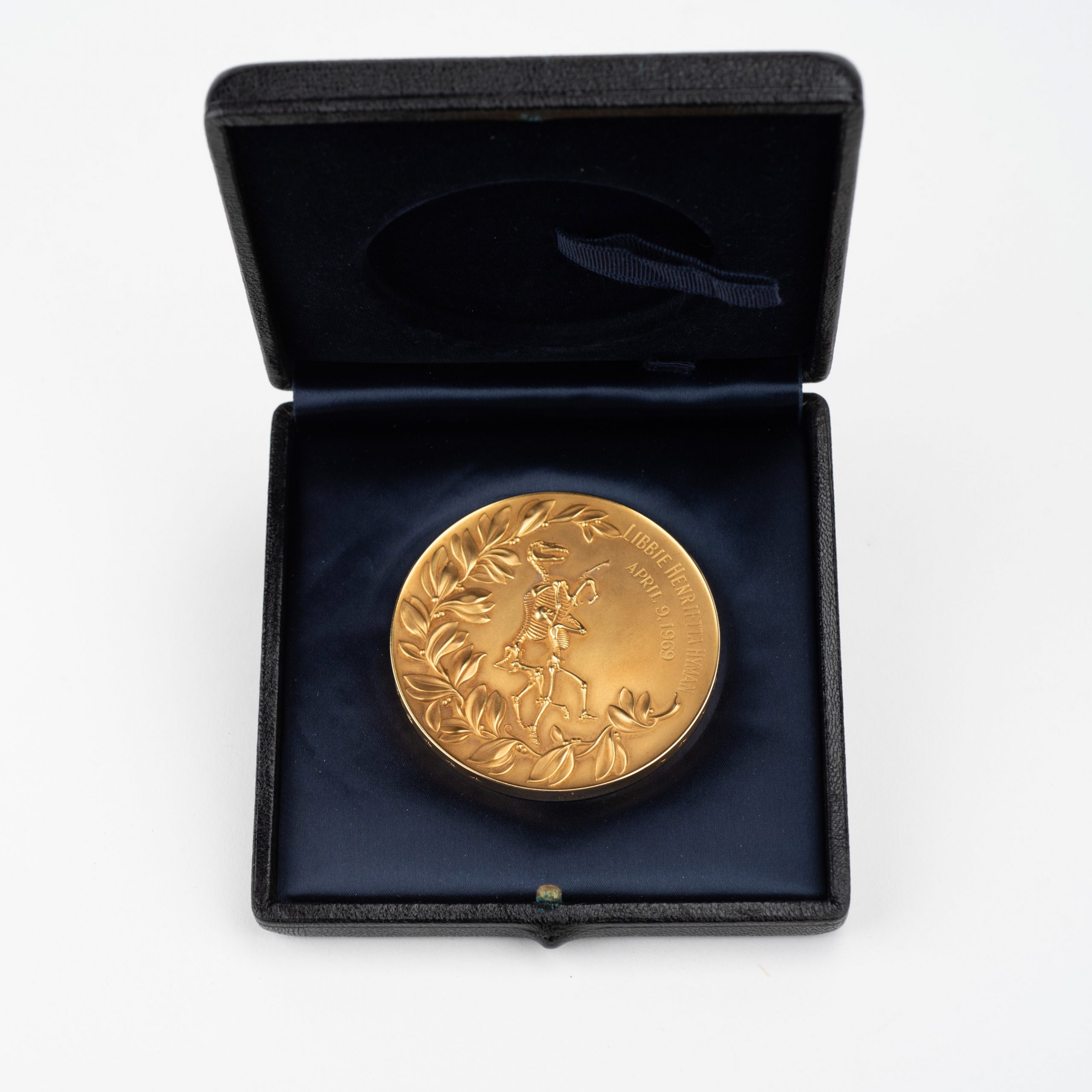
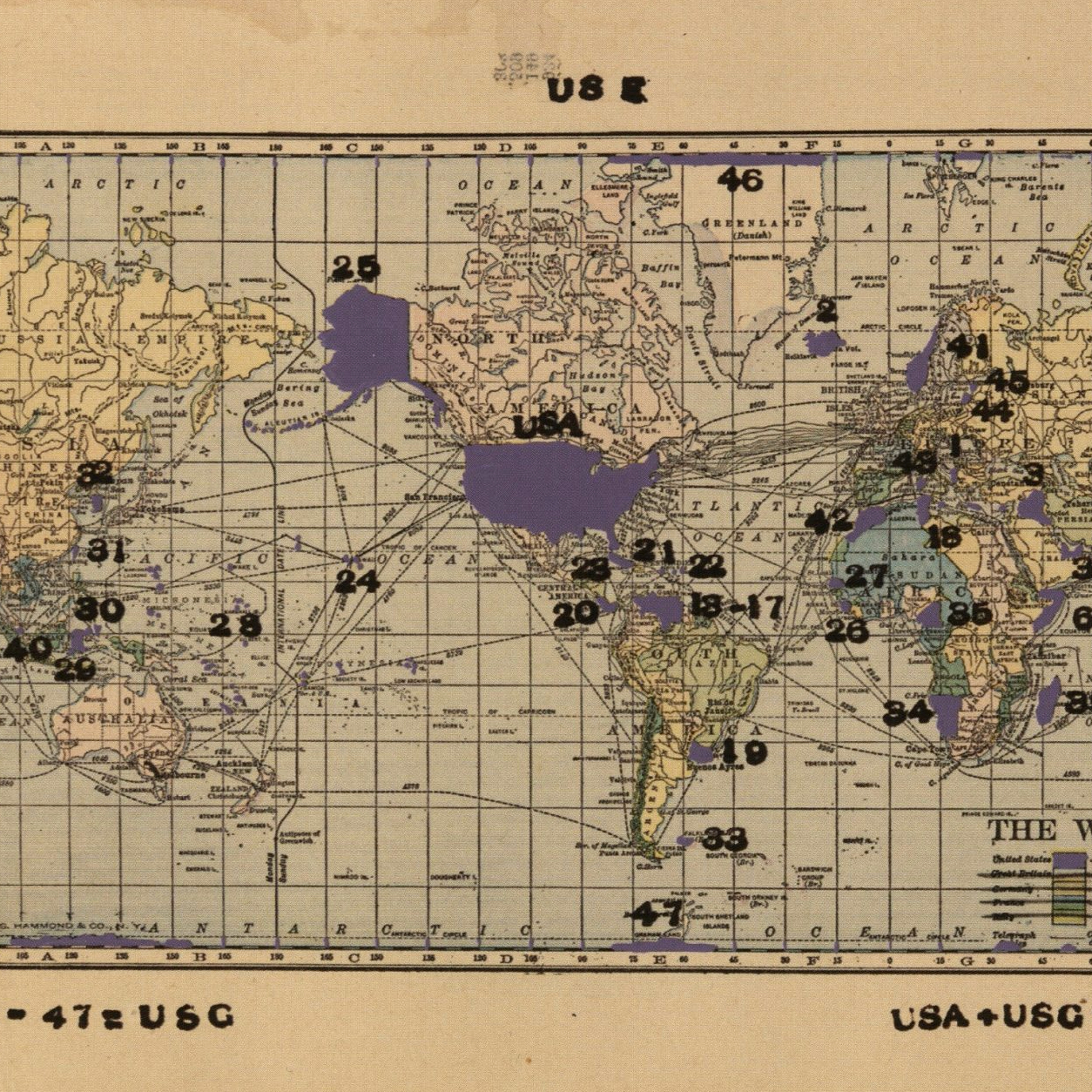
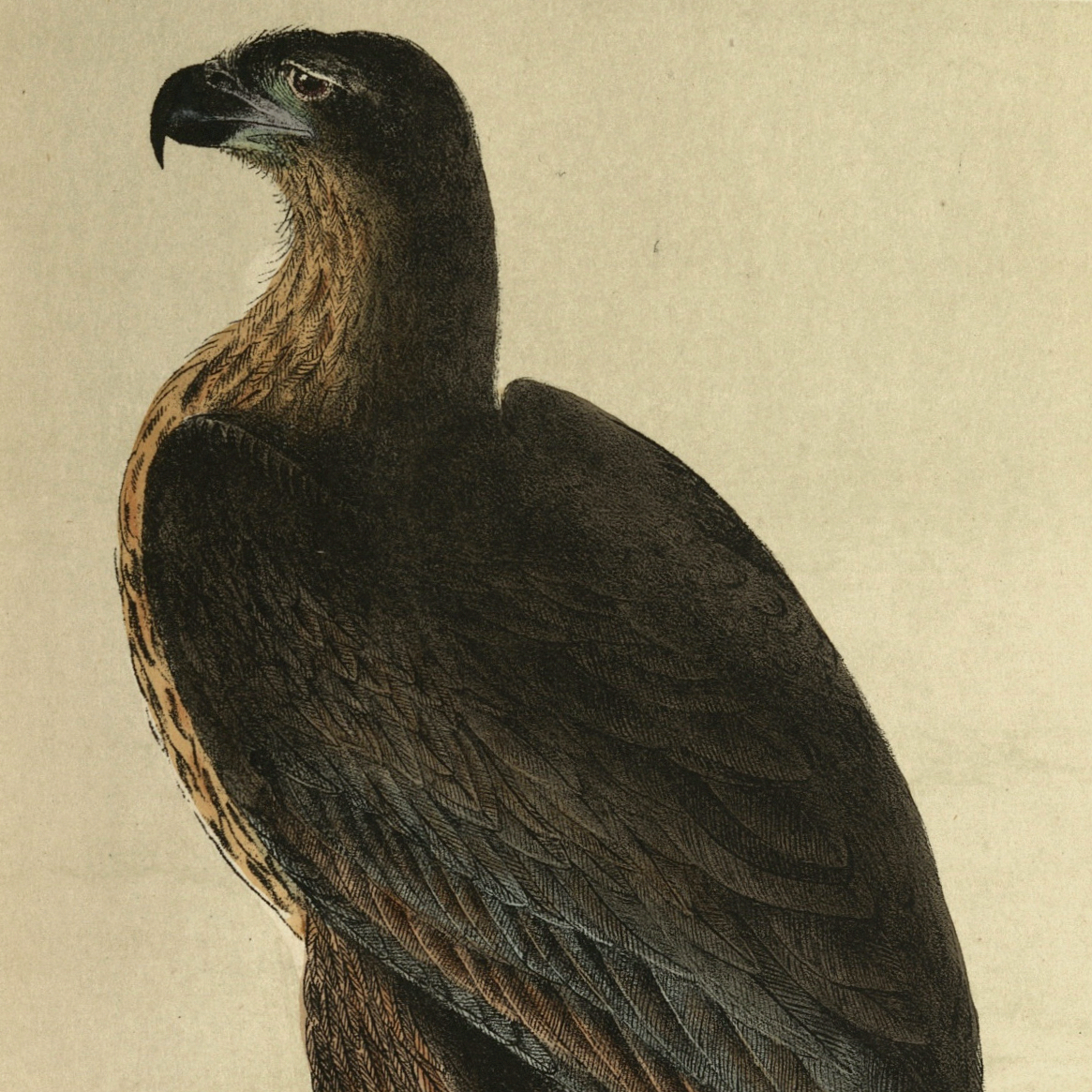
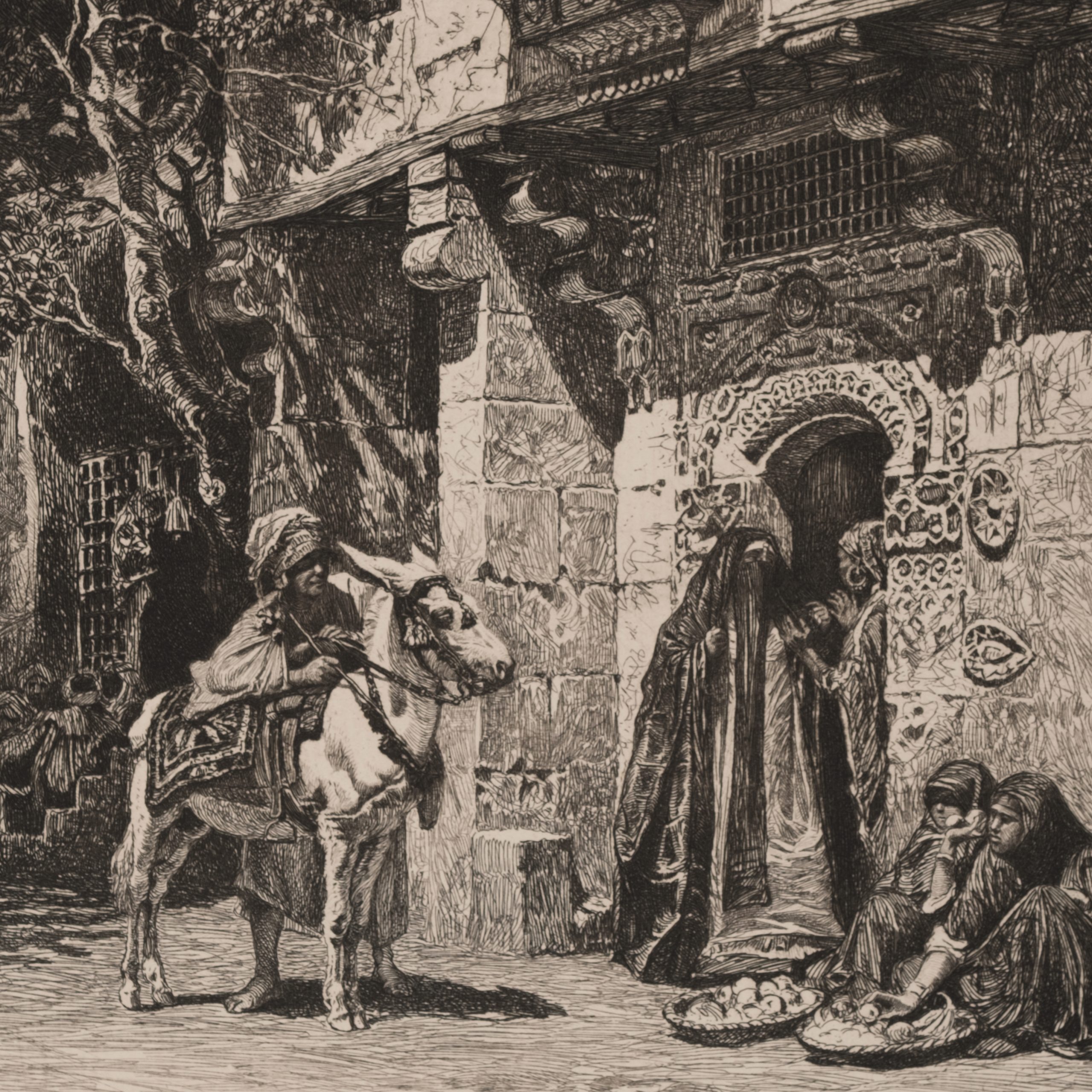
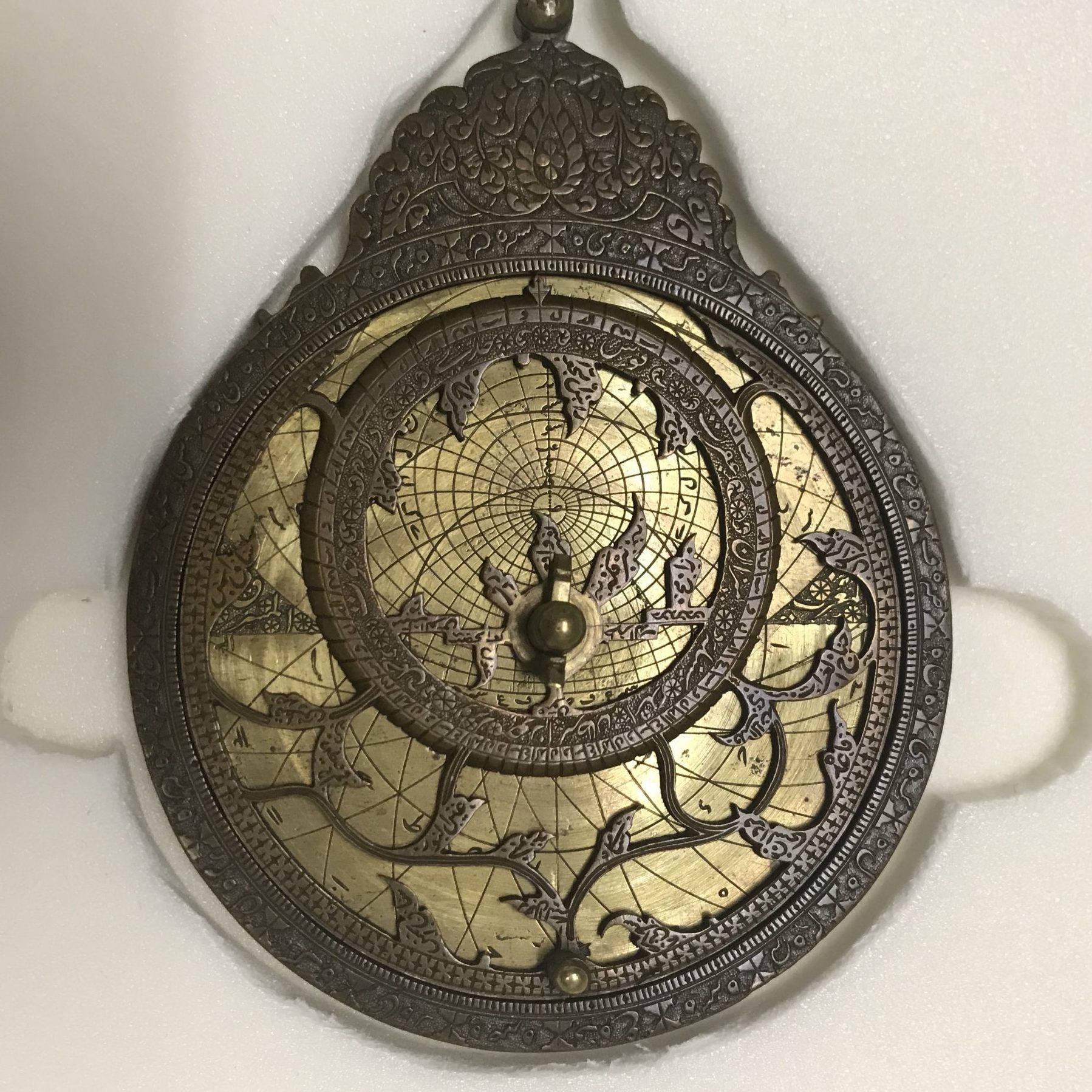

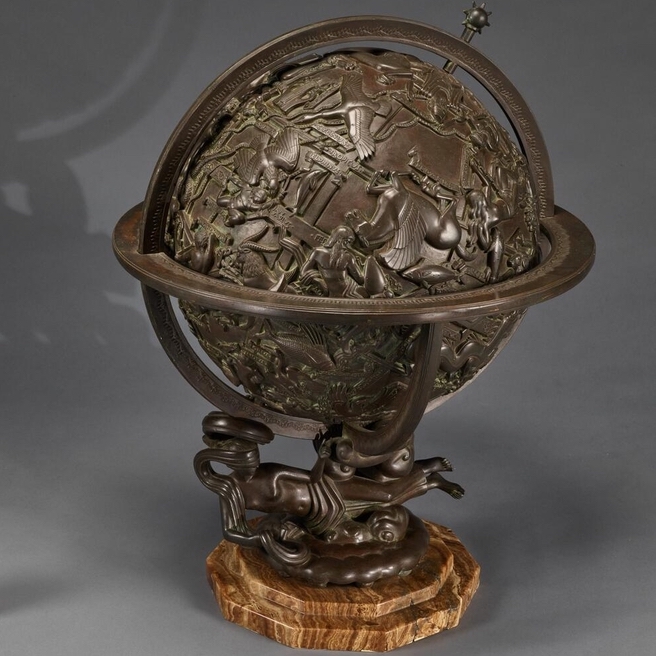
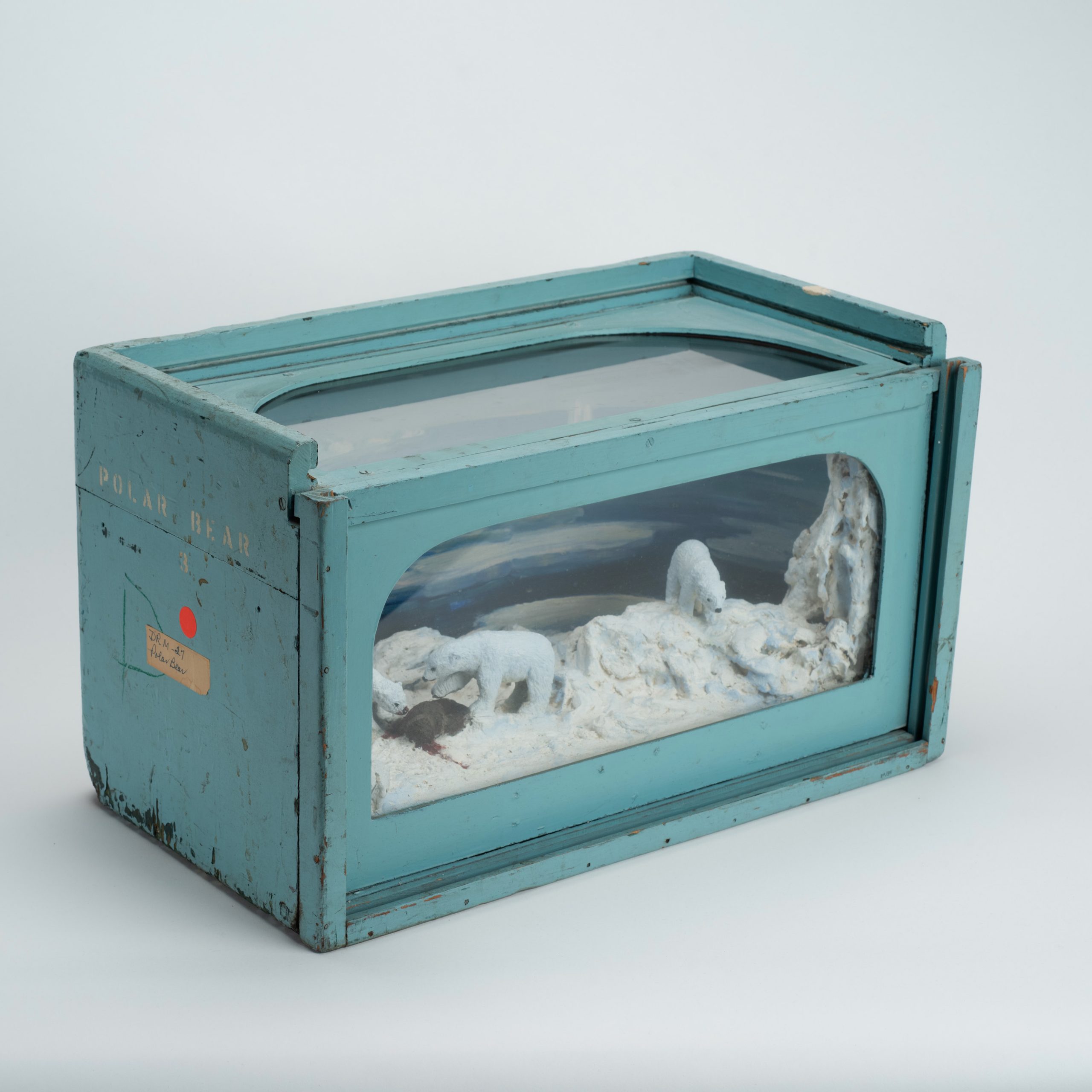
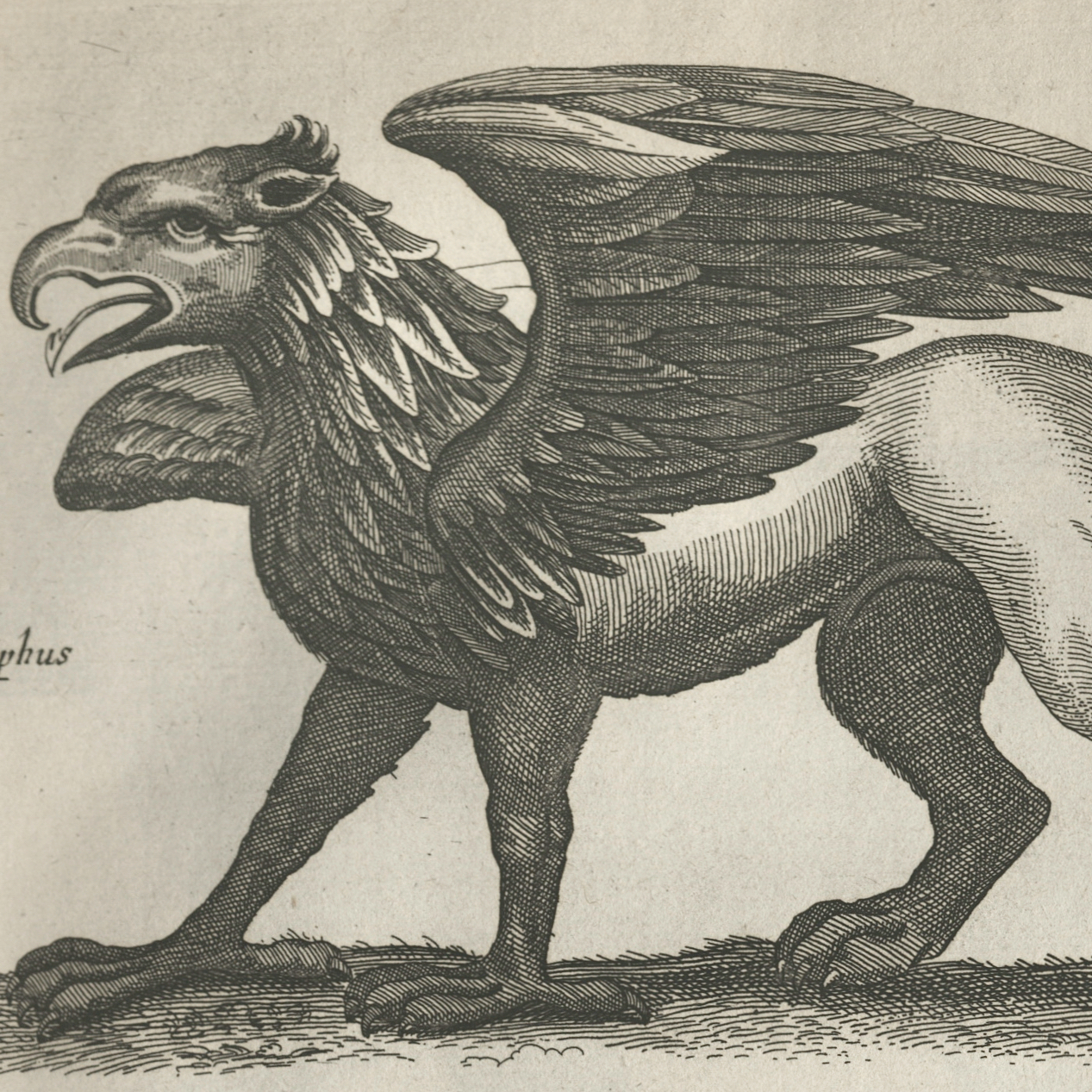

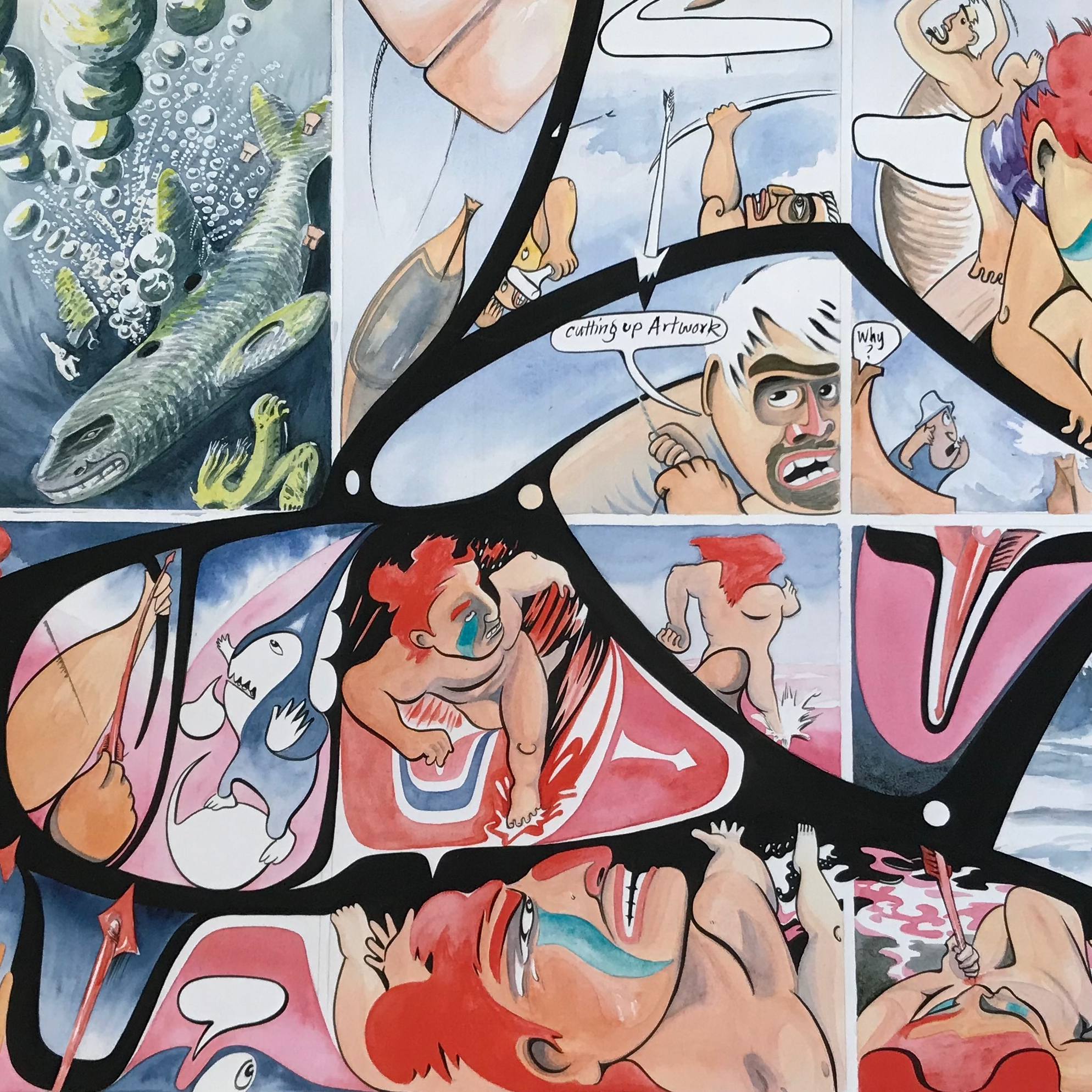

![Howard Russell Butler's [Hydrogen prominences]](https://futureoftruth.media.uconn.edu/wp-content/uploads/sites/2921/2023/01/k6584-square.jpg)

